Vampire Bat Calls
Vocal communication between vampire bats who know each other helps them survive when they don’t get enough to eat.

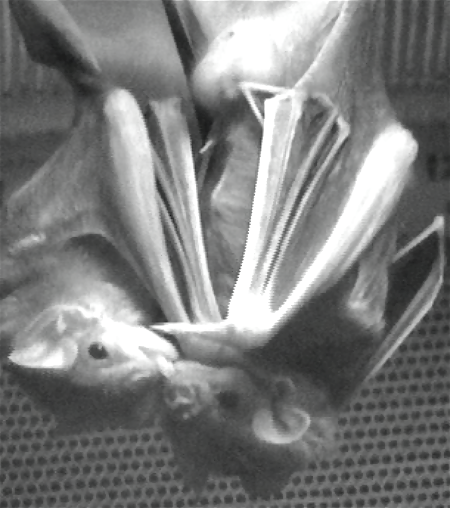
Vocal communication between vampire bats who know each other helps them survive when they don’t get enough to eat.
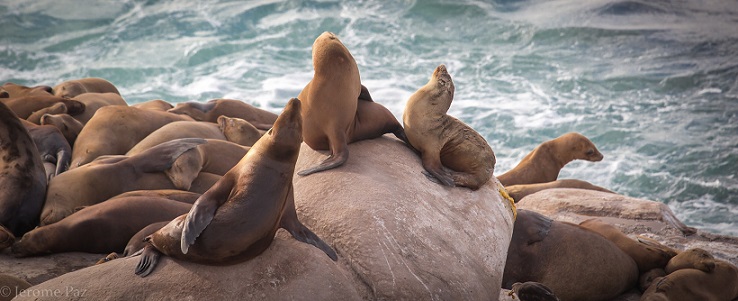
Marine mammals brought tuberculosis to South Americans from Africa more than 1000 years ago.
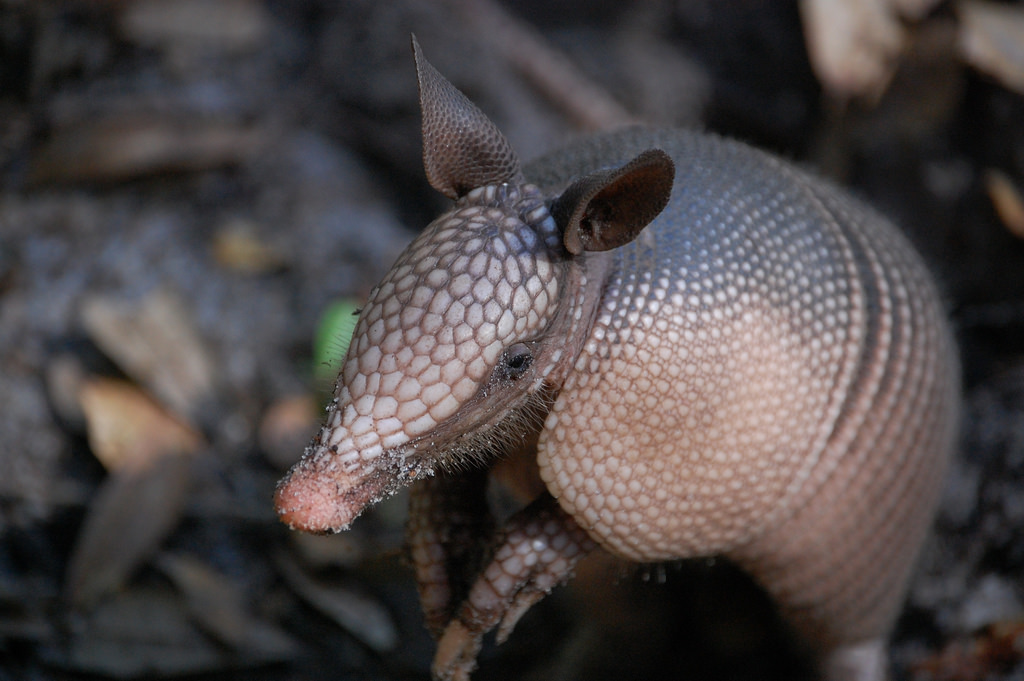
The armadillo’s poor eyesight is helping researchers understand the genes behind certain forms of blindness.

A famous biologist proposes protecting biodiversity by limiting the activities of Homo sapiens to just half the planet.
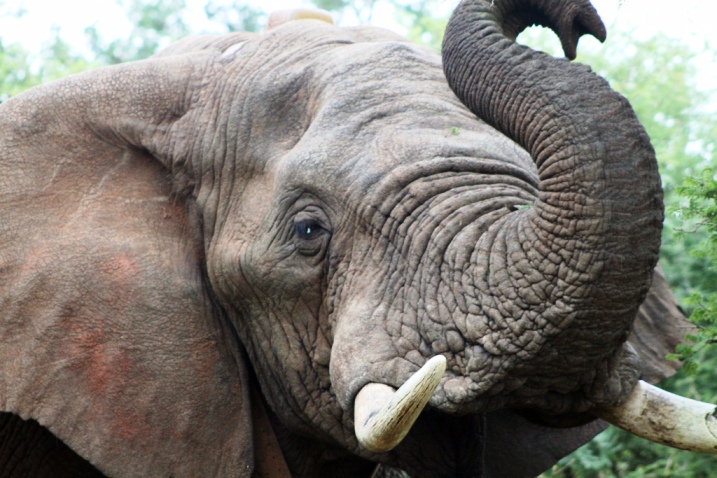
Elephants, unlike mammals much more similar to us, seem to instinctively understand pointing gestures.
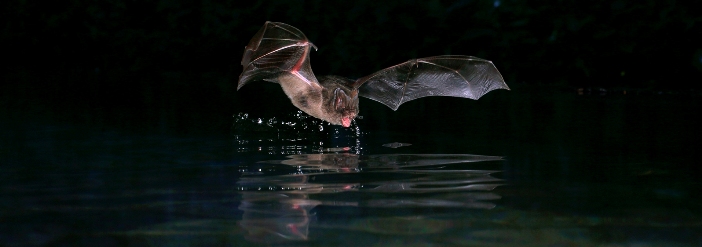

Storks in Europe are forgoing migration to Africa because of the ready availability of human food from landfills.
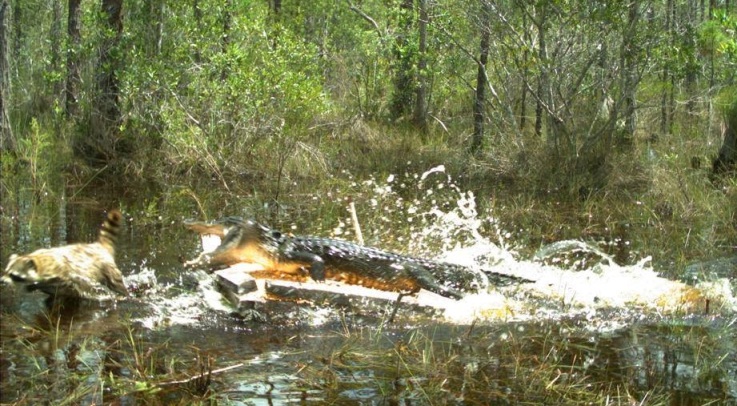
Though mortal enemies, alligators and water birds team up against raccoons in the Florida Everglades.
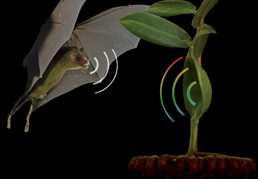
BATS & DOLPHINS (Encore Presentation): Dolphins that heal themselves, and dolphins that use electroreception in addition to echolocation. Also, How vampire bats find their prey, and how a Cuban plant takes advantage of a bat's ability to echolocate.
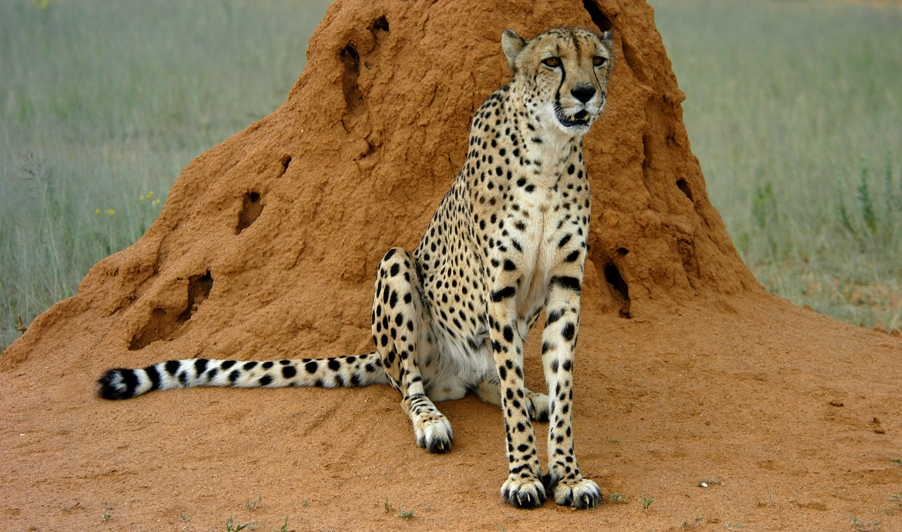
The African cheetahs we know today likely migrated there from North America around 100,000 years ago.
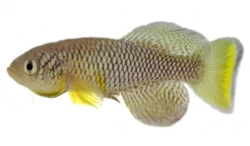
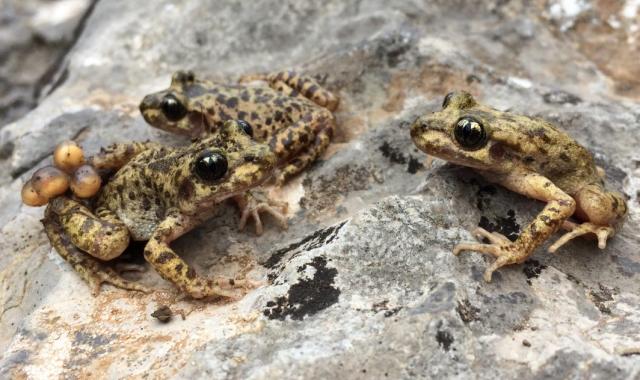
Scientists demonstrate that it’s possible to locally vanquish a fungal disease that’s been wiping out frogs, toads and salamanders around the world.
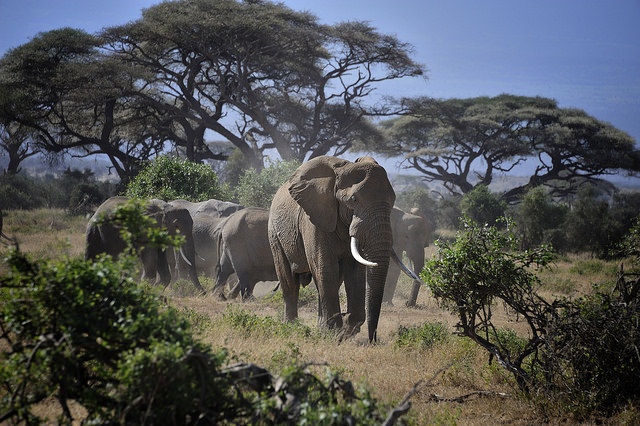

Genetically male tadpoles could be turning into female frogs because of the plants in your own backyard.

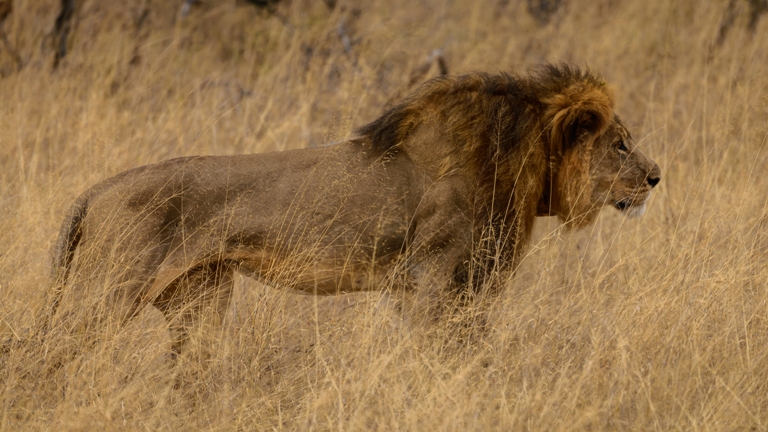
Our unique predatory behavior puts other predators, as well as entire ecosystems, at risk.
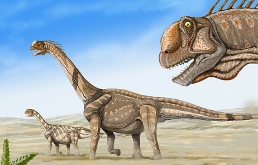
ANCIENT ANATOMY (Encore Presentation) - What dental records from the Mesozoic era can tell us about the lives of dinosaurs. How humans are uniquely adapted to throw baseballs. Also: an automated nature recording system that's monitoring environmental change. And, could vaccinating children protect the elderly as well?
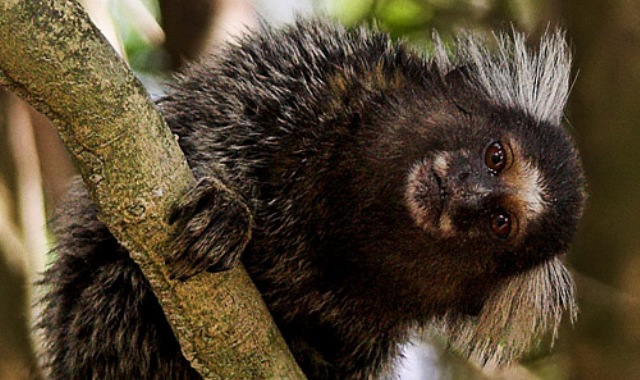
A new study suggests baby marmosets’ calls change as they grow up - questioning more than 50 years of conventional wisdom about primate vocalizations.
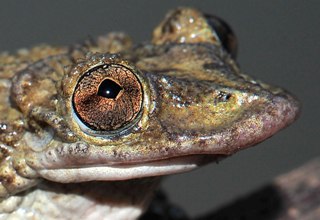
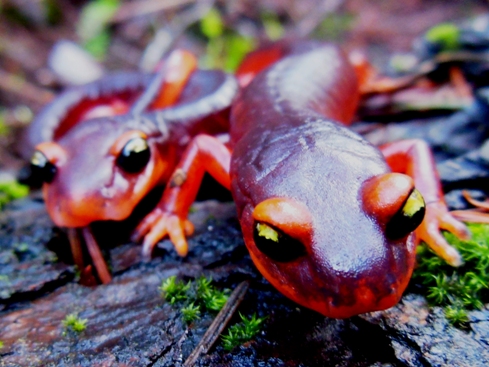
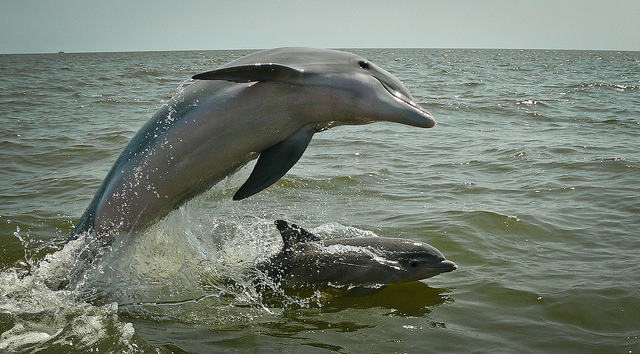


The echo of a pitcher plant helps bats find safety and helps the plant get food.
